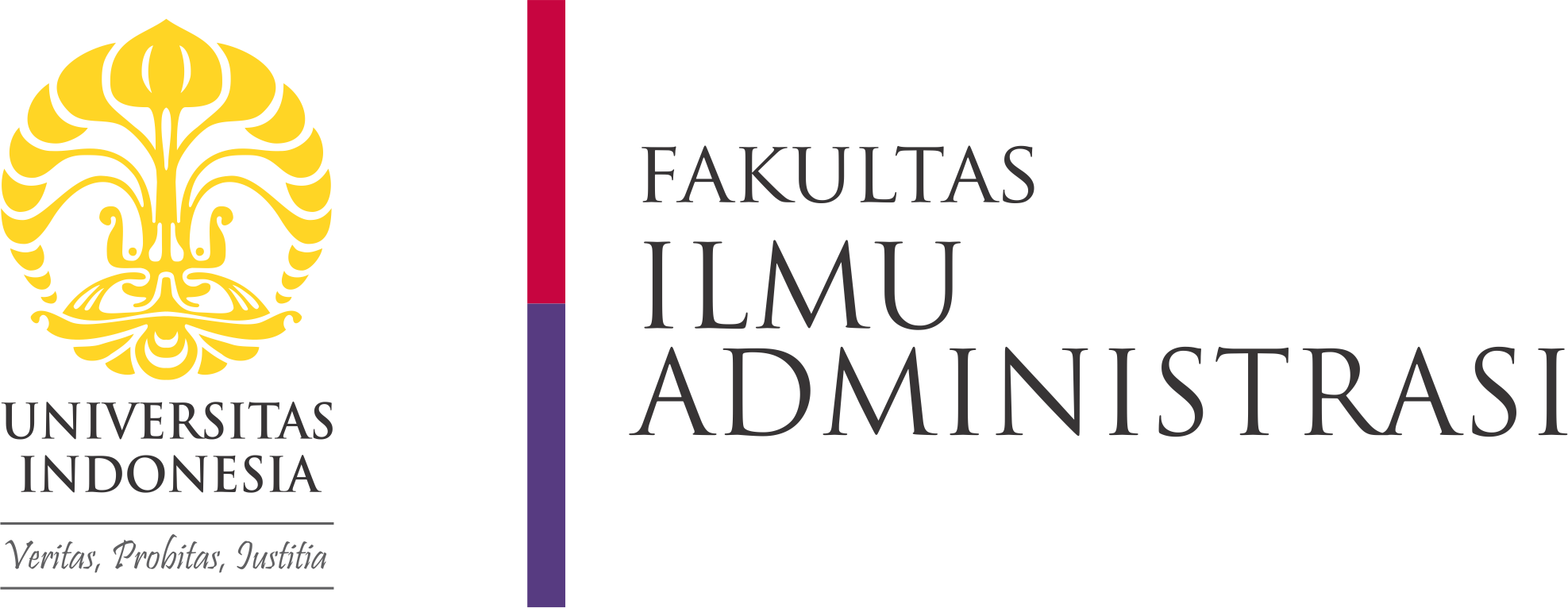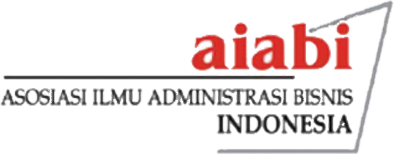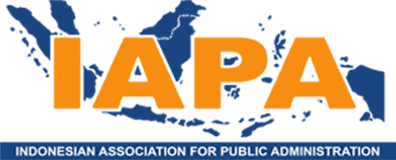Abstract
As a result of the multidimensional crisis and global financial crisis, small medium enterprises (UKM) have become an alternative solution for economic and employment problems. The present research is focused on the development strategy for the tapis cloth industry in Bandar Lampung; the researcher analyzes the internal and external environmental factors considered to be the strengths, weaknesses, opportunities, and threats in the development of the tapis industry in Bandar Lampung, formulates a development strategy, and devises a set of priority-based alternative strategies. The methods used are the SWOT (Strength, Weakness, Opportunity, Threats) analysis and the AHP (Analytical Hierarchy Process). Research results show that the development requires additional capital, a location for the industry center, and standardized quality in all processing locations. Businesspeople involved in the industry must be encouraged to participate in trainings and seminars in order to build networks. They must also be thoroughly familiar with the application of management and promotional strategies that use leaflets, brochures, and other promotional media. Facilities in business locations and buildings must be improved, product quality must be standardized, and the market must be expanded.
Recommended Citation
HARTONO, HARTONO
(2012)
"Development Strategy for The Tapis Traditional Woven Fabric Industry,"
BISNIS & BIROKRASI: Jurnal Ilmu Administrasi dan Organisasi: Vol. 18:
No.
2, Article 7.
DOI: 10.20476/jbb.v18i2.1002
Available at:
https://scholarhub.ui.ac.id/jbb/vol18/iss2/7






